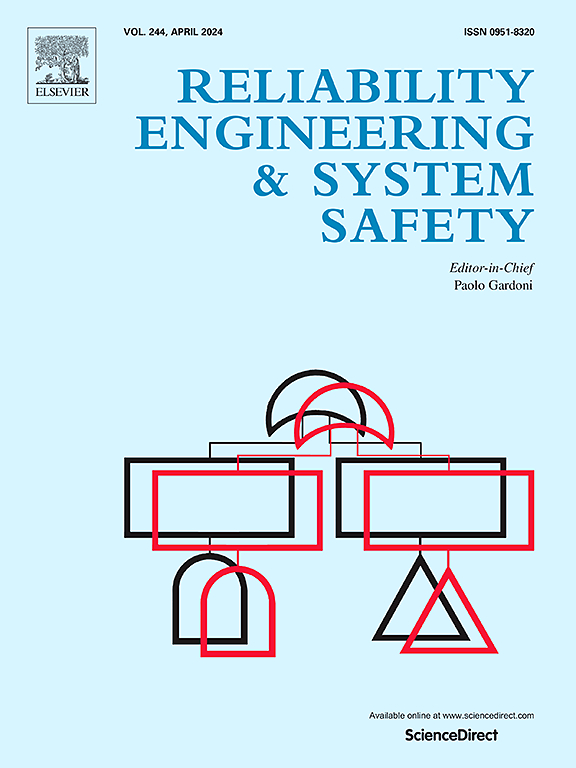Hierarchical structure analysis of water distribution networks coupling pipeline dual graph and infomap algorithm
IF 9.4
1区 工程技术
Q1 ENGINEERING, INDUSTRIAL
引用次数: 0
Abstract
Water distribution networks (WDNs) are essential urban infrastructure networks that play a crucial role in maintaining the stability and well-being of a city's residents. Meanwhile, effective structural feature extraction and partitioning plays a vital role in optimizing water supply operations. However, WDNs possess a complex network structure constrained by geography and a large scale. Understanding the hierarchical structure of WDNs through network science algorithms remains challenging. Additionally, simplifying the expression of the network structure is an urgent concern. In this paper, to solve the previously raised issues, we propose a hierarchical community mining method that applies Infomap algorithm partitioning in a hierarchical procedure. This method combines the Pipeline Dual Graph (PDG) model with the Infomap algorithm. The PDG model is constructed and then, the Infomap algorithm is used to construct randomized travel paths and group coding rules to solve the minimum coding length and find the optimal network multi-level partition. Experimental results demonstrate that the PDG model effectively simplifies the representation of the network structure and has obvious scale-free characteristics. In addition, the results show that the node distribution is more even. More importantly, this method can effectively reduce the number of partitions while maintaining the modular performance of networks.
求助全文
约1分钟内获得全文
求助全文
来源期刊

Reliability Engineering & System Safety
管理科学-工程:工业
CiteScore
15.20
自引率
39.50%
发文量
621
审稿时长
67 days
期刊介绍:
Elsevier publishes Reliability Engineering & System Safety in association with the European Safety and Reliability Association and the Safety Engineering and Risk Analysis Division. The international journal is devoted to developing and applying methods to enhance the safety and reliability of complex technological systems, like nuclear power plants, chemical plants, hazardous waste facilities, space systems, offshore and maritime systems, transportation systems, constructed infrastructure, and manufacturing plants. The journal normally publishes only articles that involve the analysis of substantive problems related to the reliability of complex systems or present techniques and/or theoretical results that have a discernable relationship to the solution of such problems. An important aim is to balance academic material and practical applications.
 求助内容:
求助内容: 应助结果提醒方式:
应助结果提醒方式:


